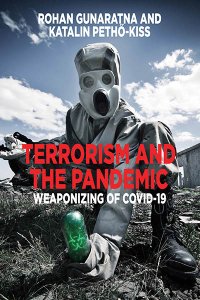By Pieter Van Ostaeyen | Kwesi Aning
Since the initial rise in violent extremist and terrorist groups in the Sahel in the mid-2000s, the number of such groups in the region has continued to grow. This is reflected in the nature of the opportunistic alliances that have developed among different groups, with varying interests and memberships. Furthermore, these groups have changed their operational tactics over time and, since 2019, began a gradual expansion of their activities towards the littoral states of West Africa. This paper focuses on two of the most important extremist groups in the Sahel: Islamic State in West Africa Province (ISWAP) and Islamic State in Greater Sahel (ISGS). In discussing the origins of both groups, this paper argues that their establishment was not borne out of religious rationales alone. Rather, ISWAP’s and ISGS’s formation and expansion were based on their fractured relationships with the organizations from which they split and to a certain extent transformed, as well as their pursuit for new allegiances and competition for preeminence in the leadership as they battled to expand and establish Islamic states in northern Nigeria, Cameroon, Chad, Niger, and the Sahel. Ideologically, this paper identifies the adoption of Takfiri doctrines as the driving force resulting in more draconian interpretation and implementation of Islamic laws implemented by the hisba relating to zakat, hudud, ta’zir, and qisas. This paper argues that factionalism and splits from the original organizations represent fundamental splits from their original members and that the alliances formed by these originally distinct groups constitute a fundamental split and shift in operational tactics. ISWAP and ISGS operations are characterized by opportunism and exploitation of local grievances that enables them to build specific narratives for support….
Berlin: Konrad-Adenauer-Stiftung e.V.. Counter Extremism Program, 2023. 20p.





















